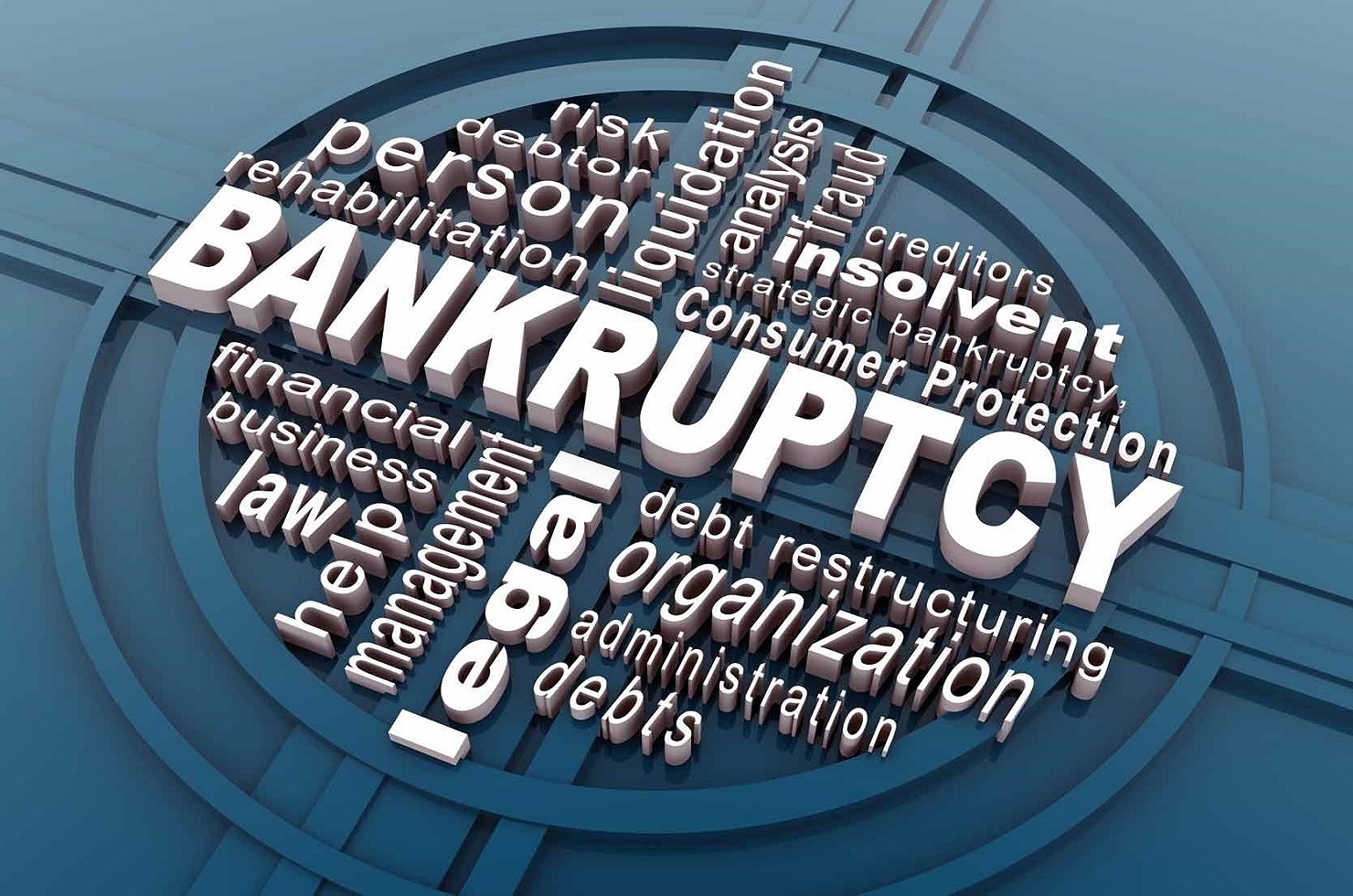BYJU’S Sells US Acquisitions at Huge Loss Amid Bankruptcy Turmoil
Tynker and Epic! offloaded for under $100 million combined—nearly 90% below original acquisition costs—as BYJU’S grapples with $1.2 billion debt fallout
High-Profile Edtech Sales Mark BYJU’S Financial Decline
Once the poster child of India’s edtech boom, BYJU’S is now navigating a challenging financial storm. In its most recent attempt to recover from mounting debt and bankruptcy proceedings in the U.S., the company’s once-touted American subsidiaries—Tynker and Epic!—have been sold at steep losses. These fire sales are part of a broader effort to manage a staggering $1.2 billion unpaid term loan that has pushed the company to the brink.
Major Acquisitions, Now Sold for Cents on the Dollar
In 2021, BYJU’S had gone on a billion-dollar spending spree, acquiring international edtech firms to expand its global reach. Two of BYJU’S most prominent U.S. acquisitions—Tynker and Epic! —have been offloaded at drastically reduced valuations. Tynker, a platform that teaches coding to children through creative tools, was originally bought for $200 million. It was later acquired by CodeHS, a fellow educational platform specializing in computer science, for a modest sum of $2.2 million.
Similarly, Epic!, a popular reading app designed for kids, which cost BYJU’S $500 million at the time of purchase, has been acquired by China-based TAL Education Group for just $95 million. These transactions represent a dramatic devaluation compared to their initial acquisition costs.
Combined, the two deals amount to less than $100 million—representing a loss of nearly 90% on BYJU’S original investments.
Part of a U.S. Bankruptcy Settlement
These asset sales are tied to the bankruptcy proceedings of BYJU’S Alpha, the company’s U.S.-registered subsidiary currently undergoing liquidation. Facing mounting legal pressure and operational setbacks, the subsidiary failed to repay a $1.2 billion term loan facilitated by 37 lenders. The U.S. bankruptcy court approved the sale of these two assets in a hearing held on May 20, presided over by Judge Brendan Shannon.
The disposal of Tynker and Epic! is intended to help cover the massive debt BYJU’S owes. Nevertheless, the amounts recouped are significantly below what was initially anticipated. While the edtech major invested over $700 million in acquiring these platforms, the total recovery from the fire sales brought in slightly over $97 million.
What Tynker and Epic! Bring to the Table
Despite their discounted sale values, both Tynker and Epic! remain noteworthy in their domains.
Tynker, established in 2012, is a platform aimed at K–12 students, helping them build coding skills through engaging projects like animation, robotics, game development, and smart device programming. It has served millions of young learners globally and was once viewed as a strategic asset in BYJU’S tech-driven portfolio.
Epic!, founded in 2013 by Suren Markosian and Kevin Donahue, is a digital reading platform offering a large collection of children’s books and educational quizzes. It gained popularity among parents and teachers as a remote learning tool, especially during the pandemic.
The Cost of Overexpansion
BYJU’S current financial distress can be traced back to an aggressive expansion strategy between 2017 and 2021. During that period, the edtech firm closed 17 acquisitions, investing close to $3 billion to fuel global growth.
While these purchases were initially framed as opportunities to expand product offerings and user bases, the company’s ability to sustain such a rapid scale-up fell apart when revenues began to decline and losses piled up.
The financial collapse of BYJU’S Alpha was exacerbated when it was revealed that the company allegedly transferred $533 million from the term loan to a hedge fund named Camshaft Fund. This development sparked additional litigation, ultimately leading to a U.S. court judgment in March 2025 that ruled in favor of the creditors.
Legal Trouble Brewing in India Too
BYJU’S legal woes aren’t limited to the United States. The company is also undergoing insolvency proceedings in India. In a recent development, Riju Raveendran—brother of BYJU’S cofounder Byju Raveendran and a former director—filed a plea with India’s National Company Law Tribunal (NCLT). He is seeking to disqualify the U.S.-based lenders from participating in the creditor committee handling the company’s insolvency case.
This adds another layer of complexity to BYJU’S ongoing struggle to restructure its business and salvage what remains of its edtech empire.
Final Thoughts
The distressed sale of Tynker and Epic! marks a stark contrast from BYJU’S once high-flying image as a global edtech disruptor. From investing $700 million in premium acquisitions to recovering less than $100 million during liquidation, the company’s U.S. chapter serves as a cautionary tale of unchecked expansion, debt mismanagement, and failed global ambitions.
As BYJU’S continues to wrestle with insolvency proceedings in multiple jurisdictions, the future of the company hangs in the balance. The fire sale of key assets might provide temporary relief, but it also underscores the urgent need for restructuring, transparency, and a more sustainable growth strategy moving forward.
:
The image added is for representation purposes only










